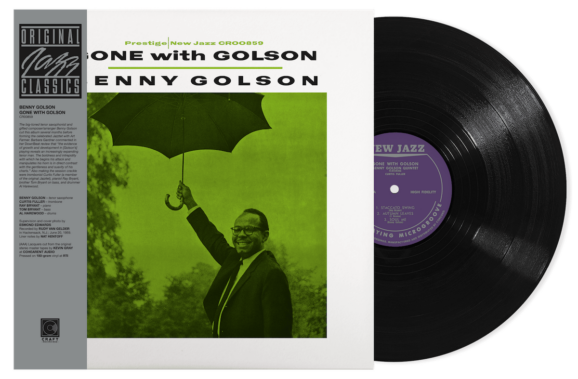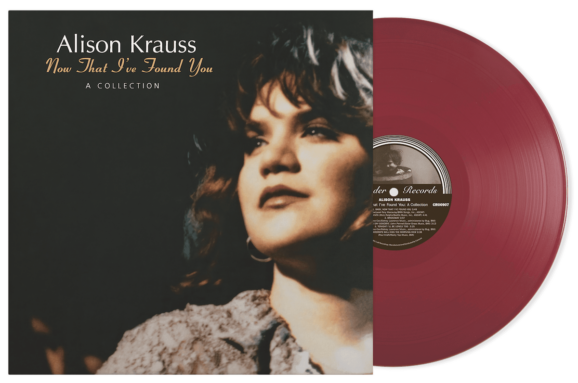By the time Benny Golson recorded Gone With Golson in 1959, he had already carved out a strong reputation as both a formidable tenor saxophonist and a gifted composer. With roots in bands led by Lionel Hampton and Dizzy Gillespie, Golson’s résumé was as rich as his tone. Gone With Golson marked his fifth release as a leader and stands as a transitional moment in his career: confident, cohesive, and just on the cusp of something bigger. Within a year, he would co-found The Jazztet with trumpeter Art Farmer, cementing his place as a key architect of modern jazz composition. This album finds Golson surrounded by a stellar lineup: Curtis Fuller on trombone, Ray Bryant on piano, Tommy Bryant on bass, and Al Harewood on drums. As part of Craft Recordings – Original Jazz Classics series, Gone With Golson is being reissued on 180-gram vinyl from lacquers cut from the original stereo tapes (AAA) by Kevin Gray at Cohearent Audio.
The quintet locks into a hard bop groove from the outset, balancing sharp interplay with soulful, swinging momentum. The opener, “Staccato Swing,” sets the tone with crisp horn lines and a nimble groove. Golson and Fuller make a superb front-line pairing, with Golson’s dusky phrasing playing off Fuller’s buttery trombone. “Autumn Leaves,” the only standard on the record, is rendered with tenderness and restraint, anchored by Golson’s ability to stretch melodies with just the right touch of melancholy. The centerpiece of the album is “Blues After Dark,” one of Golson’s most enduring compositions. Moody and relaxed, the tune saunters with a late-night elegance, driven by Harewood’s subtle brushwork and Ray Bryant’s blues-inflected comping. “Jam for Bobbie” provides a livelier contrast, bristling with kinetic energy and bluesy swagger. Fuller takes the spotlight here, delivering a punchy, inventive solo, while Golson plays with rhythmic elasticity and melodic confidence. The rhythm section stays agile throughout, particularly Tommy Bryant, whose bass lines do more than just anchor—they dance. Closing out the record is “A Bit of Heaven,” a lyrical tune that showcases Golson’s gift for writing melodies that are both accessible and harmonically rich. It’s a fitting send-off for an album that, while not as well-known as some of Golson’s later work, captures a musician fully in command of his voice and poised for the next leap.
Gone With Golson may not have the name recognition of Art Blakey’s Moanin’ or Sonny Rollins’ Saxophone Colossus, but it’s a gem of late-’50s hard bop, a showcase for a tenor giant who could write, blow, and swing with the best of them. With how great this pressing is, it’s easy to close your eyes and imagine that you are sitting in a low-lit club with this impressive quintet playing just meters away. Gone With Golson is a must-listen for any fan of the hard bop jazz sounds that permeated the late ‘50s and early ‘60s.








